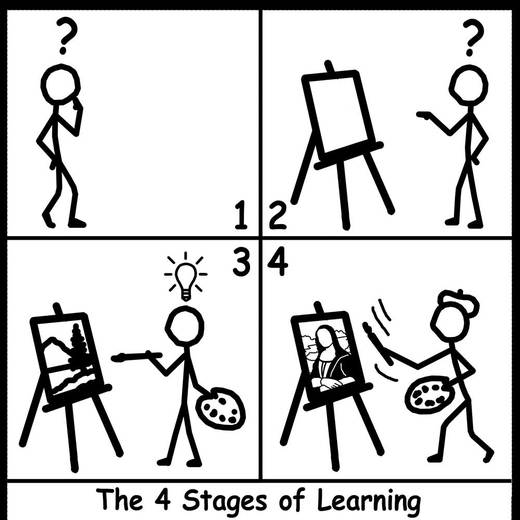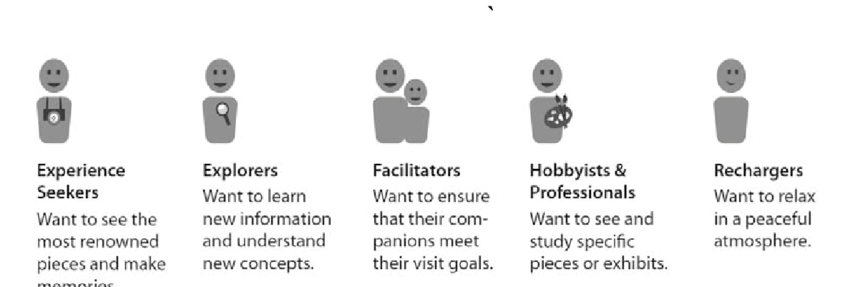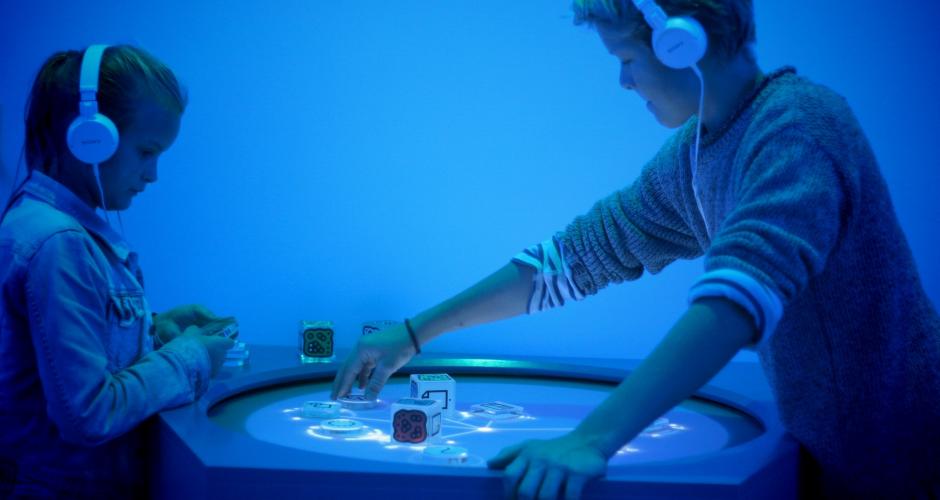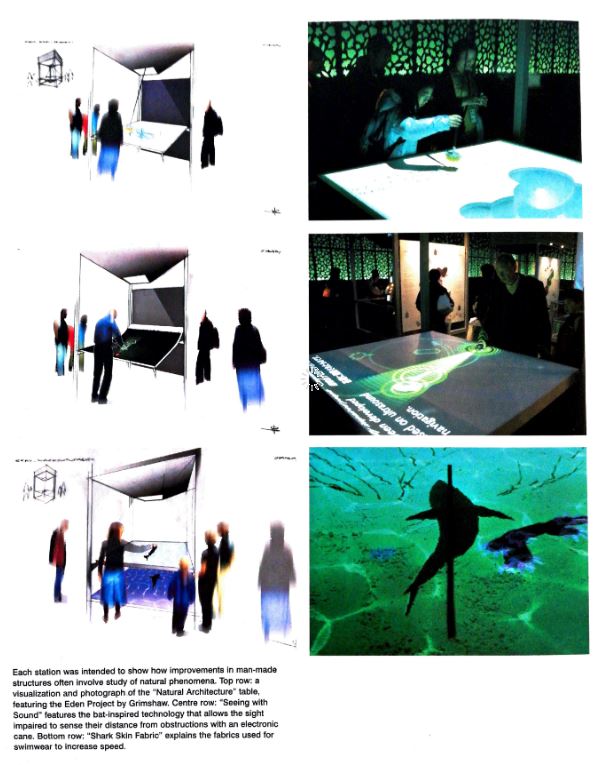Introduction :
As we saw in the previous articles, one of the role of science centers is to introduce participatory experiences and provide effective learning content and techniques. While traditional museum emphasize static displays of objects and artifacts, science centers have followed the more dynamic philosophy of the chinese proverb : « I hear and I forget, I see and I remember, I do and I understand » [1]. Since learning is a complex concept, we will try here to explain it as well as the strategies used by science centers to adress this goal.
Learning :
Learning is a dynamic process in which the learner uses sensory inputs and constructs meaning out of it.It is what people do when they want to make sense of the world around them. It may involve enhancing in skills, knowledge, understanding, values, feelings, attitudes and capactity to reflect. Effective learning leads to change, development and the desire to learn more.
People be trained to learn to learn as they learn to see as learning consists both of constructing meaning and constructing systems of meaning. The crucial action of construction meaning is mental where it happens in the mind. Physical actions such as hands on experience may be necessay for learning that effectively for children. However it is not sufficient while we need to provide activities which engage the mind as well as the hands.
Learning is a social activity that out learning is intimately associated with our connection with other human beings, our teachers, our peers, our familiy as well as casual acquaintances, including the people before us or next to us at the exhibit. Learning is contextual as we do not learn isolated facts and theories in some abstract ehtereal land of the mind separate from the rest of our lives, we learn in relation to what else we know, what we believe, our prejudice and our fears [2].
Learning is divided into 3 categories :
- Formal learning : school experience, teacher or staff might involve worksheets, often passive and may involve assessment
- Selft directed learning : led by the learner when they are interested in a subject or motivated by a specific need (school project, vocational interest)
- Informal learning : unplanned casual encounters that lead to new insights, ideas or conversation. Types of learning that always introduced in a museum setting are related to how well visitors understand and regulate their own thinking process as summarized by the following description.

Learning takes time : the 4 stages of the learning model :
- Stage 1 : Self Awareness – Don’t know that you don’t know
This is the first stage of learning. The individual doesn’t understand or know how to do something and does not necessarily recognize the deficit. The lenght of time an individual spends in this stage depends on the strength of the stimilus to learn. You don’t know where you are and what you are doing.
- Stage 2 : Self Appreciation – Know that you don’t know
The learner doesn’t understand or know how to do something but he recognizes the deficit. This is the most difficult stage and it is where the learning begins. A lot of mistakes are going to be made during this learning process.
- Stage 3 : Self Engagement – Know about it, but you have to think about it
The individual understands or knows how to do something. However, demonstrating the skill or knowledges requires concentration and effort. This stage is easer than the previous one but still requires concentration.
- Stage 4 : Selft directed learning – Know it so well you don’t have to think about it
The individual had a lot of practice with a skill that has become a second nature and can be performed easily. He may be able to teach to other people depending on how and when it was learned.

The model of the exploratorium for learning
Science and children museum’s followed the learning strategy model of the Exploratorim because it put the visitor in a very active role as a learner : Experimenting, Hypothsizing, Interpreting and drawing conclusions. This model integrate 4 importants aspect of the learning environment : immediate apprehendability, physical interactivity, conceptual coherence and diversity of learning modes [3].
- immediate apprehendability : capacity to create effortless backdrops. The aim is to limit the cognitive overload also named as the museum fatigue. Shettle found that the average visitor views an exhibit unit for 20 seconds and tours a complete exhibit for a maximum of 14 minutes. It means that science centers are able to draw the attention of the viewer for a very limited period of time. In order to capitalize on that time it is important not to require the reading of extensive text nor concentration on visual aids that would try the patience of the average viewer[1]. This concept is close to the idea of affordance defined by Donald Norman.
- physical interactivity : Research on visitor learning in museums suggests that interactivity promotes engagement, understanding and recall of exhibits. Some studies in the exploratorium identified 5 common pitifalls for designing exhibits with high levels of interactivity or multiple interactive features : multiple options with equal salience can overwhelm visitors, interactivity by multiple simultaneous users can lead to disruption, interactivity can desrupt the comprehension of the phenomen.
- conceptual coherence : one of the main goal of science centers is to give visitors the big picture around a subject. They are using various techniques to make abstract concepts and themes more apparent to visitors. Achieving high levels of thematic clarity for exhibitions may be particularly difficult in an open environment.
- diversity of learning modes
Howard gardner developed a theory on the dissimilar ways that individuals learn and process information, which called the multiple intelligences theory. According to gardner’s theory, visitors might show well built leaning skills in any of seven different style categories that summarized in the following tables :

Through this different categorisations of learning profiles, Dawson tried to show how museum communication of meaning would affect those different types of learners :

Visitor’s Engagement
The concepts of visitors involvement and participatory exhibit have undergone some basic changes in recent years as a result of museum research on viewer attention span and of nonmuseum research on cognitive and affective processes. Participatory exhibits actively involve the visitor in discovering information through his own participation in the demonstration process. Successful participatory learning devices are those that allow manipulation, experimentation and variation. For an instructionally efficient and effective exhibit, some feedback loop between the person and object appears to be necessary [1].
In the video underneath, Nina Simon is explaining a few rules and BPE of a good visitor engagement. She also explains why affordance is particularly important when designing an exhibition.
The role of museums in lifelong learning
Lifelong learning is the ability to constantly update and expand your knowledge in a variety of fields. It helps you to survive, to engage and shape your vision of the world. Lifelong learning comprises all phases of learning from preschool to post retirement. Museums take place in this learning, and propose content for all age groups.
Literacy is a person who has all the abilities to be able to engage deeply herself with a specific topic. For this, she needs 3 components :
- knowledge : about the specific topic
- skills : direct to the tasks or to apply the knowlege
- volition : will to engage and do something
Scientific literacy : a person who has the will to engage in a recent discourse about science and technology which requires the competences to explain phenomena scientifically (knowledge), evaluate and design scientific enquiries (skills) and interpret data and evidences scientifically (skills and knowledge).
A visitor who really uses a museum content to its full extend, is called a museum literate person.
The 8 dimensions of museum literacy :
- curiosity, motivation and volition = the interest to will to do something inside the museum
- information processung competence = skills to use the information which is presented
- social competence = being able to interact either with the staff at the museum or with other visitors
- emotional competencies = self regulation on the other hand to allo feelings during a museum exhibit
- pre knowledge of a subject
- visual literacy = the ability to interepet the signs and images
- location and behavior competence : the ability to orient oneself in a museum and manoeuver through the differe offers of a museum
- appreciation of the exhibit = valuation of the objects of our cultural heritage
Application of thoses principles through the Dargis museum of Munich.
Conclusion :
The museum is in position to make a decision about which techniques and approaches are been utilized with respect to specific communication goals. In order to learn, a visitor first has to be motivated which is usually the case since visitors are chosing to go on science centers. Then, exhibitions designer must pay attention to provide immediate apprehendability, physical interactivity, conceptual coherence and to adress the multiple learning modes availables through the use of different communication devices. It is always useful to evaluate afterwards the vision of visitors after an exhibition in terms of learning and enjoyment, to evaluate if the global design exhibition experience is successful or not.
Sources :
[1] Kimche, L. (1978). Science centers: a potential for learning. Science 199, 270–273.
[2] Ahmad, S., Abbas, M.Y., Taib, Mohd.Z.Mohd., and Masri, M. (2014). Museum Exhibition Design: Communication of Meaning and the Shaping of Knowledge. Procedia – Social and Behavioral Sciences 153, 254–265.
[3] Allen, S. (2004). Designs for learning: Studying science museum exhibits that do more than entertain. Sci. Ed. 88, S17–S33.
[4] TED talks












